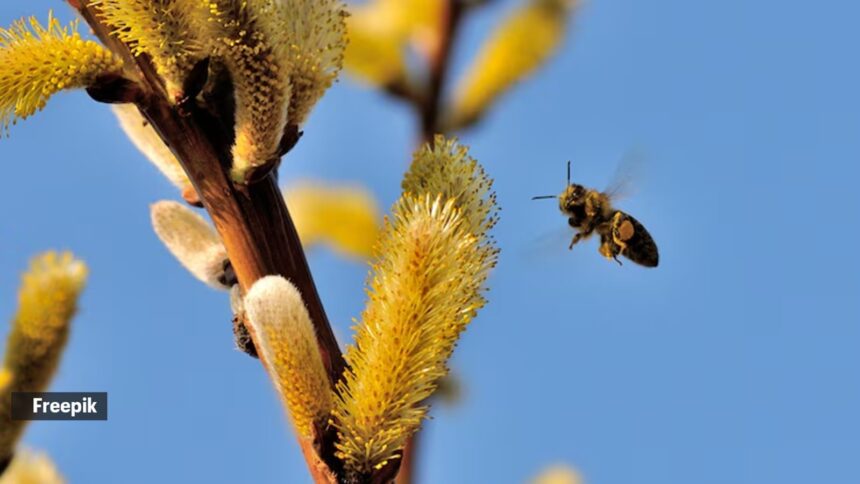A honeybee has multiple defense mechanisms, with the sting and bite being two primary forms of attack. Last Thursday, Sunjay Kapur, the former husband of actor Karisma Kapoor, passed away after suffering a heart attack. The incident occurred during a polo match in England, and according to business consultant Suhel Seth, the 53-year-old is believed to have accidentally swallowed a bee during the game.
Seth, confirming the news to ANI, said, “He passed away earlier today in England: a terrible loss and deepest condolences to his family and to his colleague.” On X, he wrote, “Deeply saddened at the passing of @sunjaykapur… a terrible loss and deepest condolences to his family and to his colleague.” At the time of his death, Kapur was married to entrepreneur and former model Priya Sachdev.
Dr CM Nagesh, general secretary, Indian College of Cardiology, told that swallowing a bee can lead to serious complications, “especially if the insect stings the person internally, such as in the throat, esophagus, or airway.”
He said the human body may respond to a bee sting in sensitive areas with swelling, inflammation, or even a systemic allergic reaction known as anaphylaxis. “While a bee sting alone may not directly cause a heart attack, the body’s extreme reaction, particularly if there’s severe airway compromise or a rapid drop in blood pressure, can stress the cardiovascular system significantly,” added Dr Nagesh.
Even individuals without a known history of allergies can have a severe first-time reaction. In such cases, the window to administer emergency care is very short, and a delay in intervention can result in fatal outcomes.
While Kapur’s case was unfortunate and rare, it made us curious to discover what happens to the body when a
According to Dr Shrey Srivastav, MD (Internal Medicine), Sharda Hospital, Noida, multiple bee stings are medical emergencies. “Always observe for delayed systemic signs like hematuria or breathing difficulty,” he pointed out.
Here’s a step-by-step breakdown of what happens if you get stung by a bee:
1) When a bee first stings you, its stinger remains embedded in your skin and keeps releasing venom continuously.
2) You will feel a sharp local pain, which is usually accompanied by swelling and redness.
3) The histamine released from the bee sting causes itching and inflammation.
4) Multiple stings may cause hematuria, aka blood in urine, acute kidney injury, and glomerulonephritis.
5) Sometimes, if the patient experiences a severe allergic reaction (anaphylaxis), it may cause airway swelling, choking sensation, hypotension, or internal organ involvement.
When asked what one’s immediate course of action should be, Dr Srivastav explained that the first order of business should be to remove the stinger as quickly as possible. “Scrape it off, don’t squeeze it,” he warned. Next, wash the area with soap and water and apply a cold compress. If you have it handy, administer an oral antihistamine or analgesic. “Look out for signs of anaphylaxis – If you spot any, use an epinephrine auto-injector and seek emergency care immediately,” he advised.








